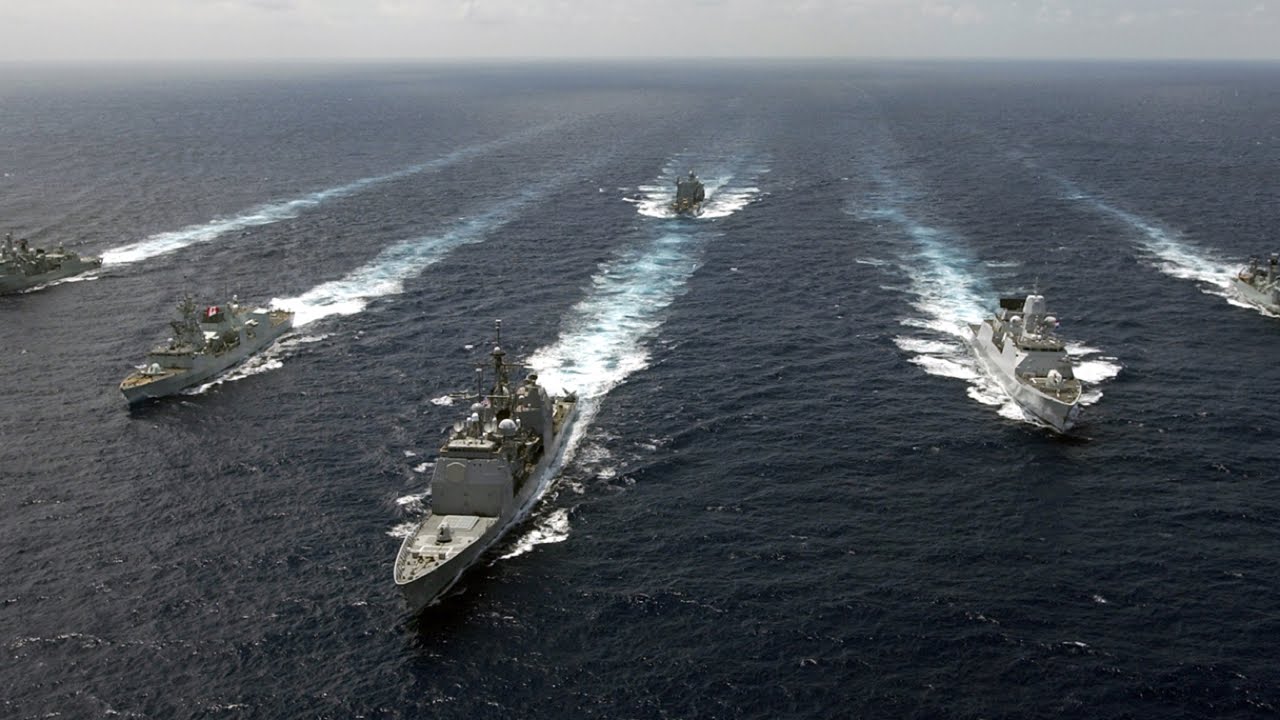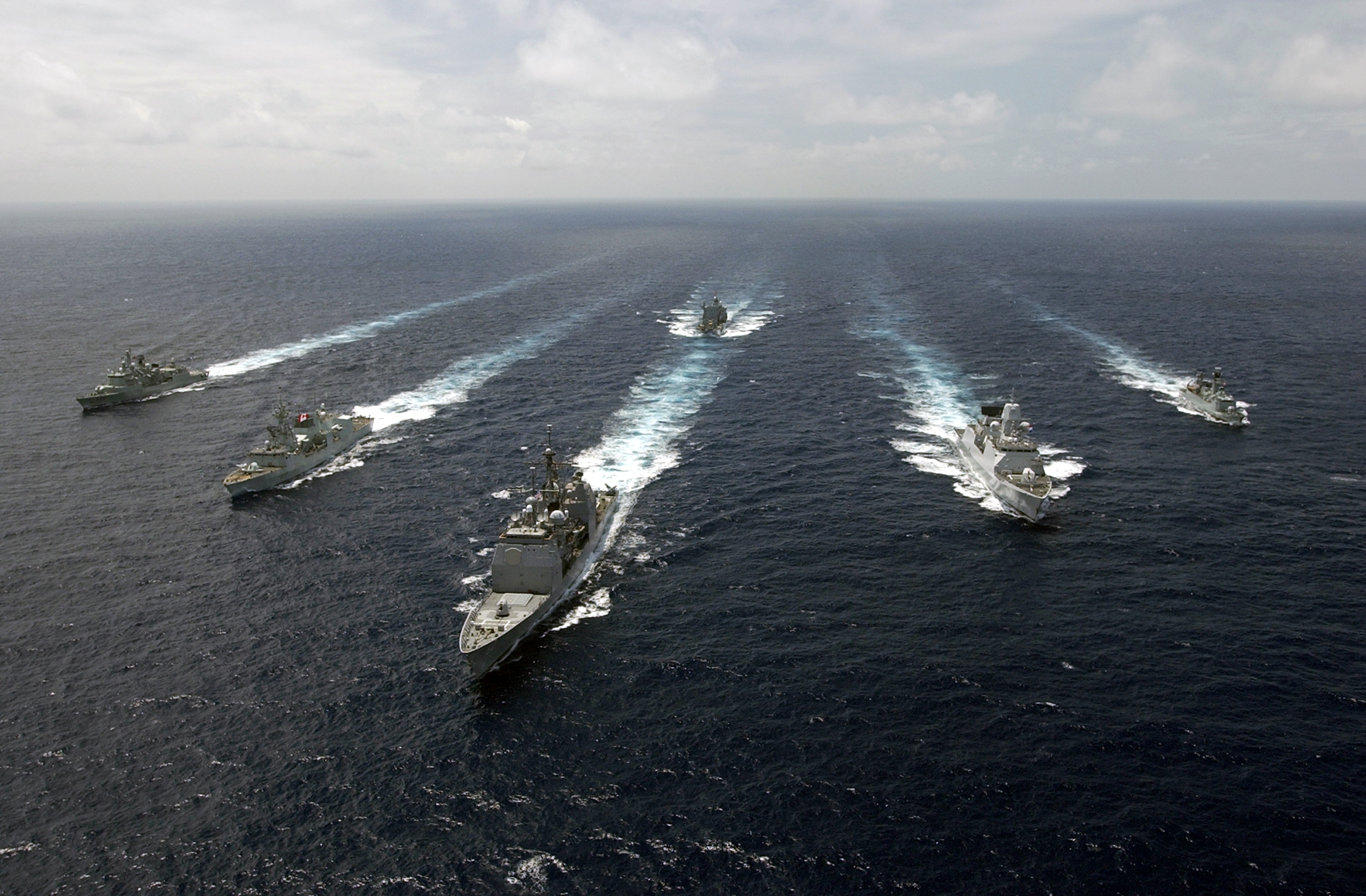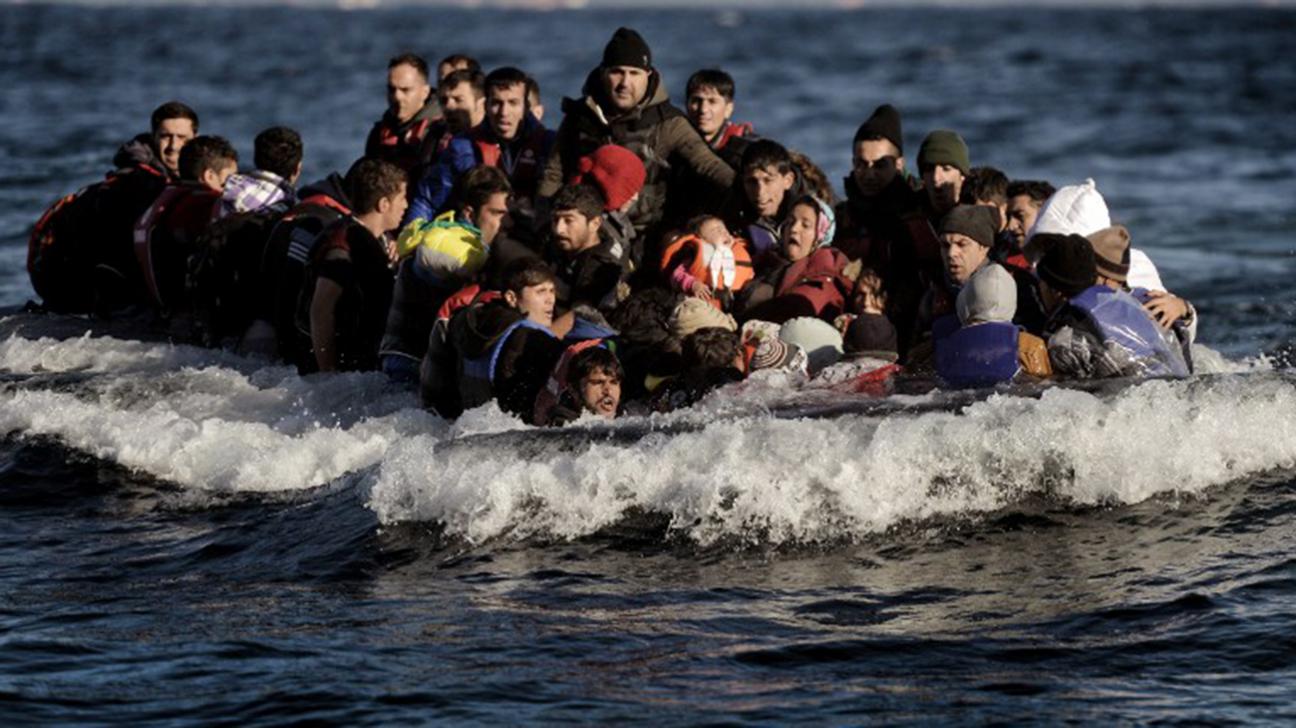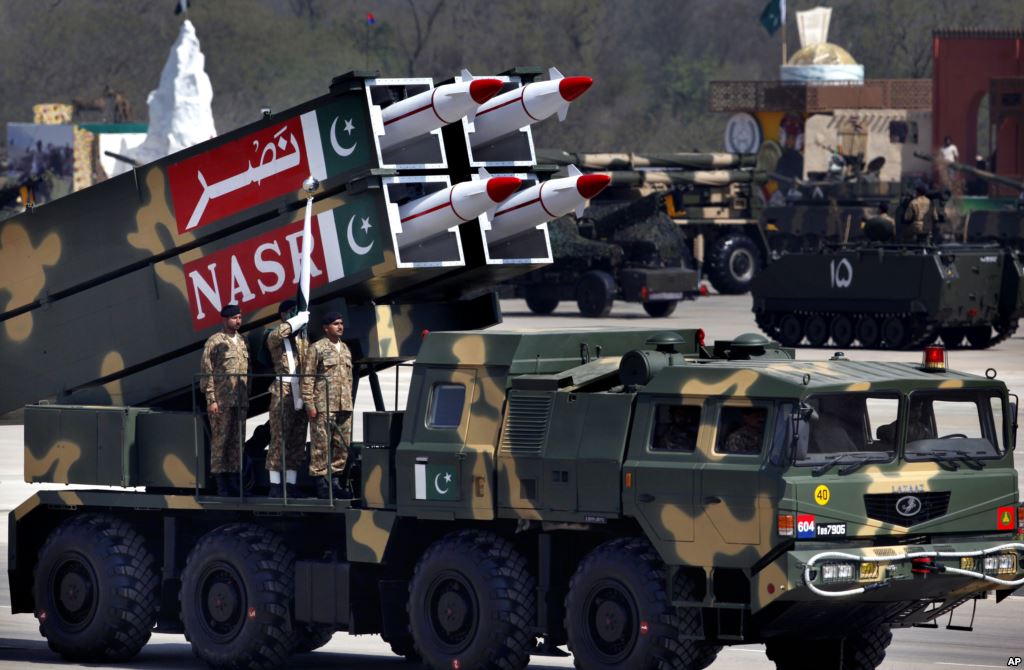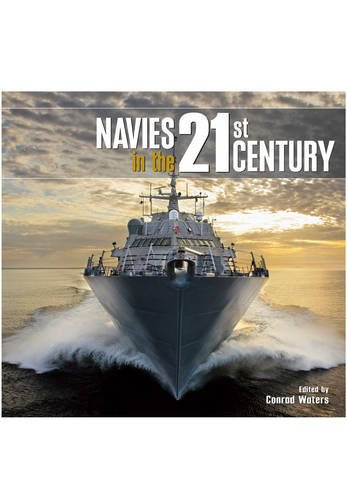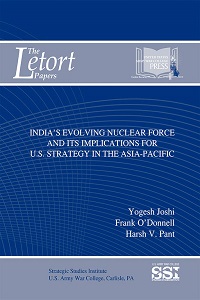By Chronis Kapalidis Academy Fellow, International Security Department, Chatham House It is not a matter of if you will be attacked, but when. No organization, be those international institutions, government agencies or small businesses can ever be 100 per cent cyberattack proof, as several examples have recently indicated. Therefore preparedness, in the form of testing… Continue reading MARITIME CYBER SECURITY : NO SUBSTITUTE FOR TESTING
Category: Publications
THE NEW MARITIME ORDER AND GREEK PERSPECTIVE IN THE EASTERN MEDITERRANEAN
George X. Protopapas Executive Director, Center for International Strategic Analyses (KEDISA) The Eastern Mediterranean has become the epicenter of maritime and geopolitical developments as great powers, regional actors antagonise for influence and access to energy resources. Greece a traditional maritime nation could play a constructive role on the stabilisation of the region. Since 2012 US… Continue reading THE NEW MARITIME ORDER AND GREEK PERSPECTIVE IN THE EASTERN MEDITERRANEAN
NANOSATELLITES FOR FUTURE NAVAL AND MARITIME APPLICATIONS
Article written by Dr Chris Lavers Principal Scientist at the Dartmouth Centre for Sea Power and Strategy Space provides critical mission access for naval and maritime tactical communications, missile warning, intelligence, and surveillance. However, many problems limit its use: development and operational costs, long construction time, with space increasingly congested and contested, and hostile satellites… Continue reading NANOSATELLITES FOR FUTURE NAVAL AND MARITIME APPLICATIONS
THE EFFECTS OF THE MEDITERRANEAN REFUGEE CRISIS AND ITS EXPLOITATION AS A FOREIGN POLICY TOOL
By : Polychronis Kapalidis MA in IR and Global Security Navy Officer, Hellenic Navy Visiting Research Fellow, Dartmouth Centre for Seapower and Strategy Plymouth University at Britannia Royal Naval College Currently Europe is shaken by an unprecedented crisis, consisting of masses of irregular migrants and refugees from Africa and the Middle East, trying to… Continue reading THE EFFECTS OF THE MEDITERRANEAN REFUGEE CRISIS AND ITS EXPLOITATION AS A FOREIGN POLICY TOOL
INDIAN MINIMUM DETERRENCE FOR SOUTH ASIA’S NEW NUCLEAR ENVIRONMENT
By : Frank O’Donnell Pakistan’s Nasr tactical nuclear missile platform is driving Indian debate on its current minimum deterrence doctrine. India’s minimum deterrence concept should indeed be reformulated for this new nuclear context. A new defense policy review should holistically integrate nuclear, conventional and subconventional approaches for reasons of effectiveness and continued public support. India… Continue reading INDIAN MINIMUM DETERRENCE FOR SOUTH ASIA’S NEW NUCLEAR ENVIRONMENT
NAVIES IN THE 21ST CENTURY
Edited by Conrad Waters (Seaforth Publishing, Pen & Sword Books Limited, September 2016, ISBN: 9781473849914, RRP £35, Hardback, 240 pages) What is the purpose of navies in the modern world, and what types of warship does this require? This book tackles these questions by looking at naval developments, both technological and operational, in the quarter… Continue reading NAVIES IN THE 21ST CENTURY
INDIA’S EVOLVING NUCLEAR FORCE AND ITS IMPLICATIONS FOR U.S. STRATEGY IN THE ASIA-PACIFIC
Yogesh Joshi Frank O’Donnell Harsh V. Pant Strategic Studies Institute and U.S. Army War College Press India’s growing and diversifying nuclear force raises challenges for its defense planners. New nuclear options need to be located within a holistic view of India’s defense approach, with clearly assigned roles for conventional and nuclear forces dependent on the… Continue reading INDIA’S EVOLVING NUCLEAR FORCE AND ITS IMPLICATIONS FOR U.S. STRATEGY IN THE ASIA-PACIFIC

